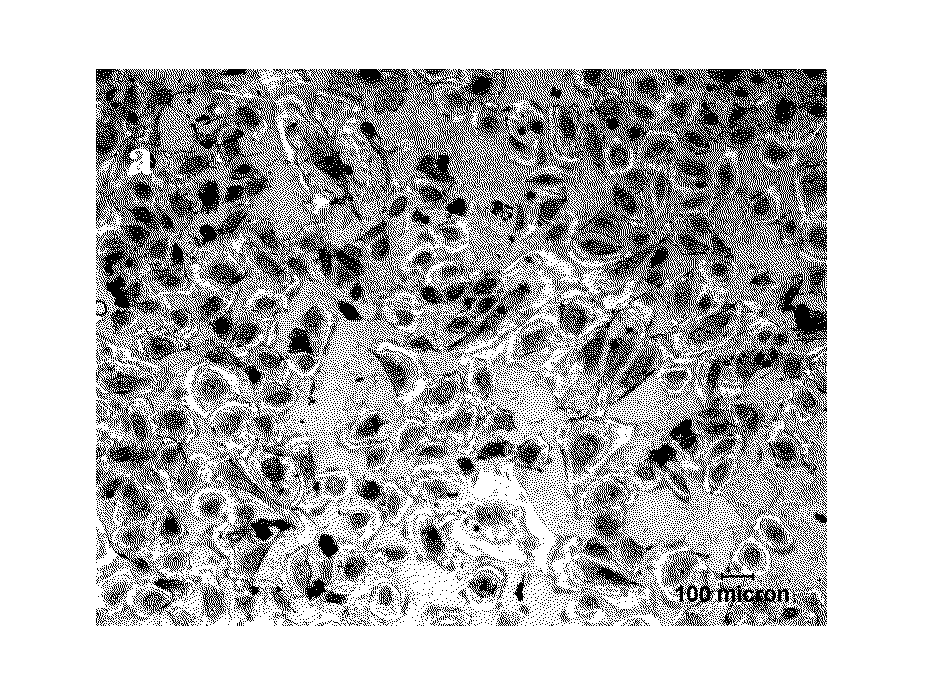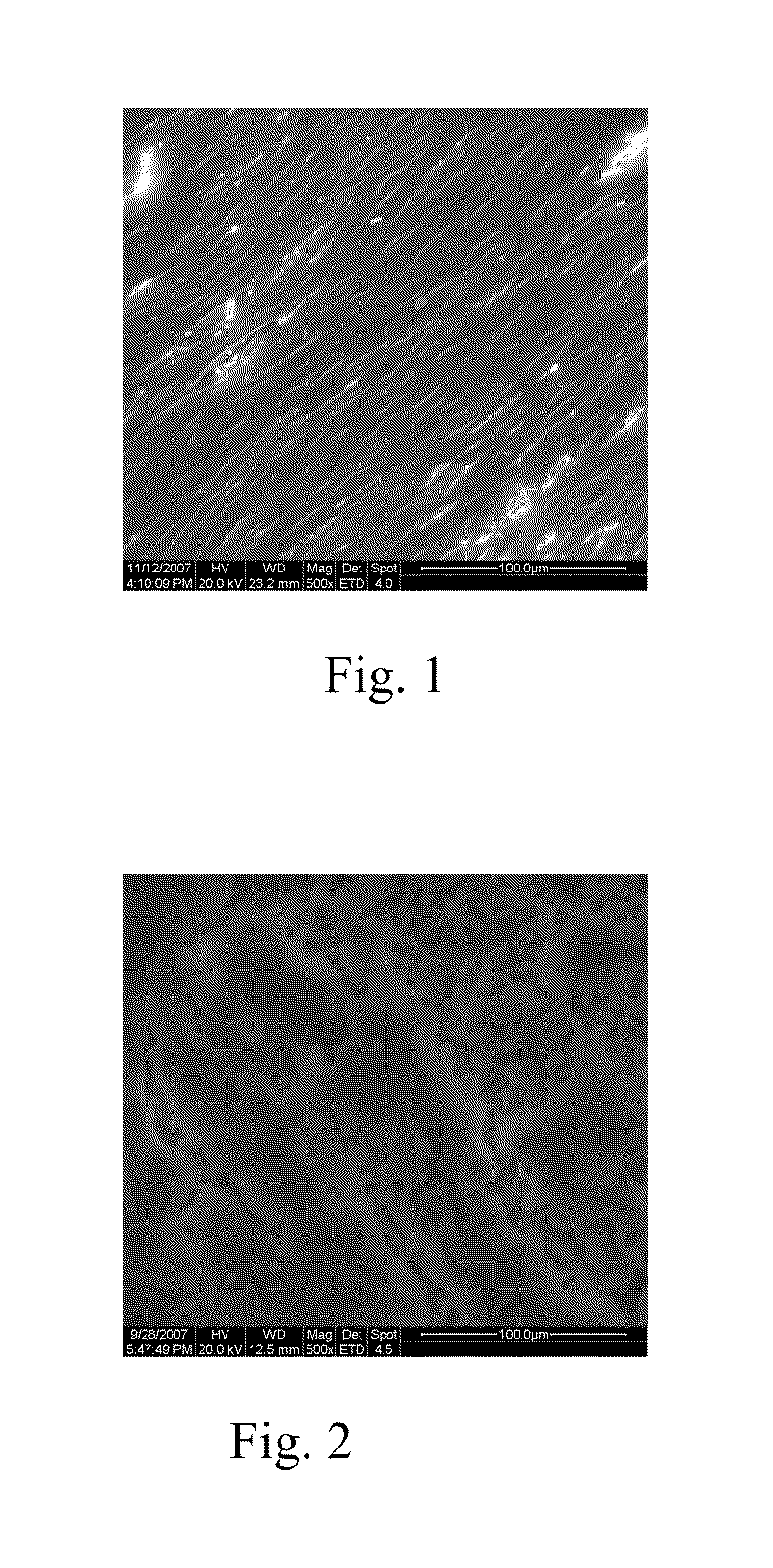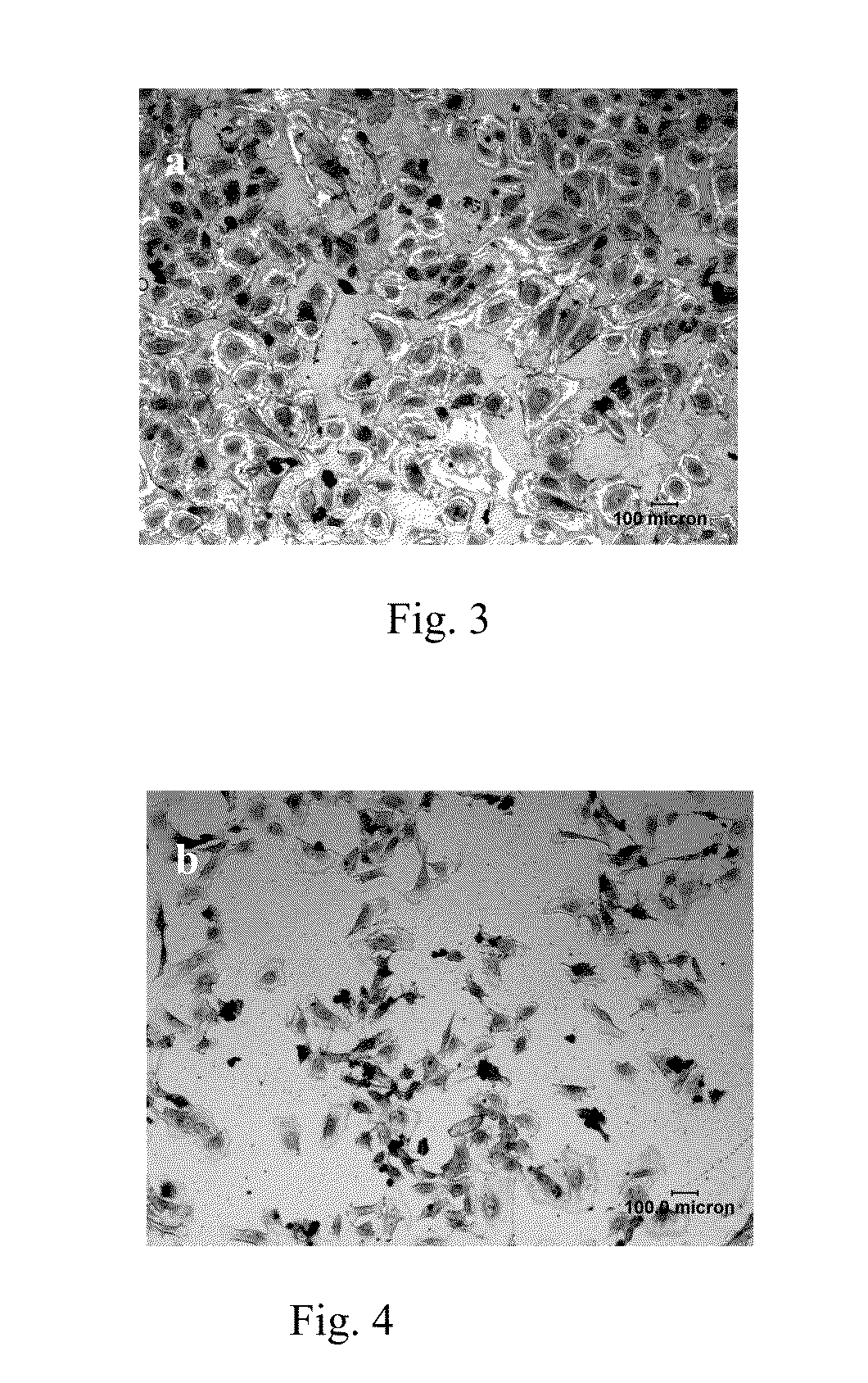Biodegradable stent
a biodegradable, stent technology, applied in the direction of prosthesis, catheter, blood vessel, etc., can solve the problems of inability to degrade all these stents, big difference in mechanical characteristics between blood vessels, and permanent stay in the blood vessel, so as to improve the surface corrosion resistance of the stent, tear, and reduce the effect of stent wear
- Summary
- Abstract
- Description
- Claims
- Application Information
AI Technical Summary
Benefits of technology
Problems solved by technology
Method used
Image
Examples
example 1 to 9
[0031]A biodegradable pure iron stent is treated by the following plasma process:
[0032]Oxygen ions are implanted into the pure stent surface by ion implantation or plasma immersion ion implantation, the doses range is from 1×1016 to 5×1018 atoms / cm2, the energy range of the ions is from 5 to 100 KeV. The treatment parameters and test results of the example 1-9 are given in Table 1.
[0033]For verifying the corrosion resistance and in vitro degradation properties of the stents, polarization testing and immersion corrosion testing are performed using simulated body fluid solution (SBF, containing NaCl:8.04, KCl:0.23, NaHCO3:0.35, K2HPO4.3H2O:0.24, MgCl2.6H2O:0.31, CaCl2:0.29, Na2SO4:0.07, TRIS:6.12). The results are given in Table 1. It is proved that the corrosion currents and the weight loss are all significantly decreased. Less weight loss also means a more stable mechanical supporting of the stent.
TABLE 1Weight loss afterImplanted dosesCorrosion currentimmersion 216method(atoms / cm2)...
example 10 to 18
[0035]A biodegradable pure iron stent is treated by the following processes:
[0036]Nitrogen ions are implanted into the pure iron stent surface by ion implantation or plasma immersion ion implantation, the doses range is from 1×1016 to 5×1018 atoms / cm2, the energy range of the ions is from 5 to 100 KeV. The parameters for example 10-18 are given in Table 2.
[0037]Table 2 also shows the corrosion and in vitro degradation properties of the stents in these examples by polarization testing and immersion corrosion testing. It is proved that the corrosion resistance of the surface modified stent is significantly improved as showed by the significant lower weight loss after immersed in SBF for 9 days. And the lowest weight loss is ⅓ of that of the untreated one.
TABLE 2SurfaceWeight loss aftermodificationImplanted dosesCorrosion currentimmersion 216method(atoms / cm2)Ion energy (KeV)(mA / cm2)hours (mg)Controlling sampleUnmodified iron0.590.460stentexample 10Ion implantation1 × 101650.450.415exam...
example 19 to 27
[0038]A biodegradable pure iron stent is treated by the following processes:
[0039]La ions are implanted into the pure iron stent surface by ion implantation or plasma immersion ion implantation, the doses range is from 1×1016 to 5×1018 atoms / cm2, the energy range of the ions is from 5 to 100 KeV. The parameters for example 19-27 are given in Table 3.
[0040]Table 3 also gives the results of polarization testing, immersion corrosion testing and activated partial thromboplastin time (APTT). It is proved that corrosion current and weight loss are significantly decreased and APTT is increased. These results show that La ion implantation modifies the blood compatibility, corrosion resistance and supporting ability of the iron stent.
TABLE 3SurfaceImplantedIonCorrosionWeight lossmodificationdosesenergycurrentafter immersionmethod(atoms / cm2)(KeV)(mA / cm2)216 hours (mg)APTT (s)ControllingUntreated pure0.570.48139.5sampleironExample 19Ion implantation1 × 101650.380.31641.5Example 20Plasma immers...
PUM
| Property | Measurement | Unit |
|---|---|---|
| Grain size | aaaaa | aaaaa |
| Grain size | aaaaa | aaaaa |
| Time | aaaaa | aaaaa |
Abstract
Description
Claims
Application Information
 Login to View More
Login to View More - R&D
- Intellectual Property
- Life Sciences
- Materials
- Tech Scout
- Unparalleled Data Quality
- Higher Quality Content
- 60% Fewer Hallucinations
Browse by: Latest US Patents, China's latest patents, Technical Efficacy Thesaurus, Application Domain, Technology Topic, Popular Technical Reports.
© 2025 PatSnap. All rights reserved.Legal|Privacy policy|Modern Slavery Act Transparency Statement|Sitemap|About US| Contact US: help@patsnap.com



